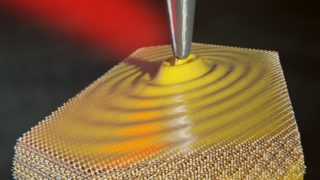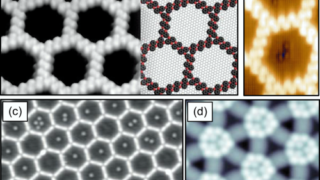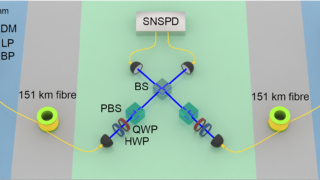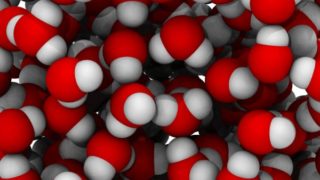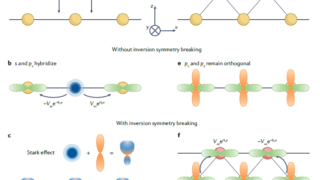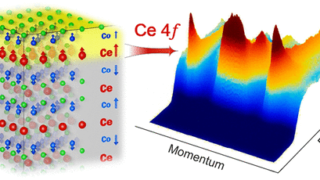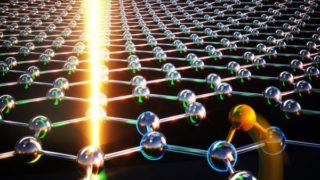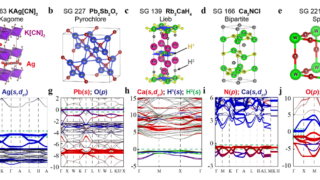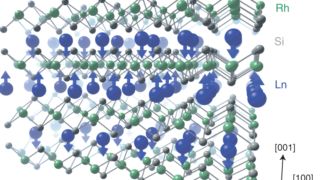
Substrate dependency of the charge density wave orders of monolayer VSe2
Two-dimensional (2D) materials are an ideal platform to artificially engineer heterostructures with new functionalities due to the weak van der Waals bonding between layers. Monolayers hosting symmetry-broken phases, such as superconductivity, magnetism, ferroelectricity, charge density waves (CDWs), or multiferroicity, represent the most interesting building blocks to design novel phases of matter. One of the main […]
